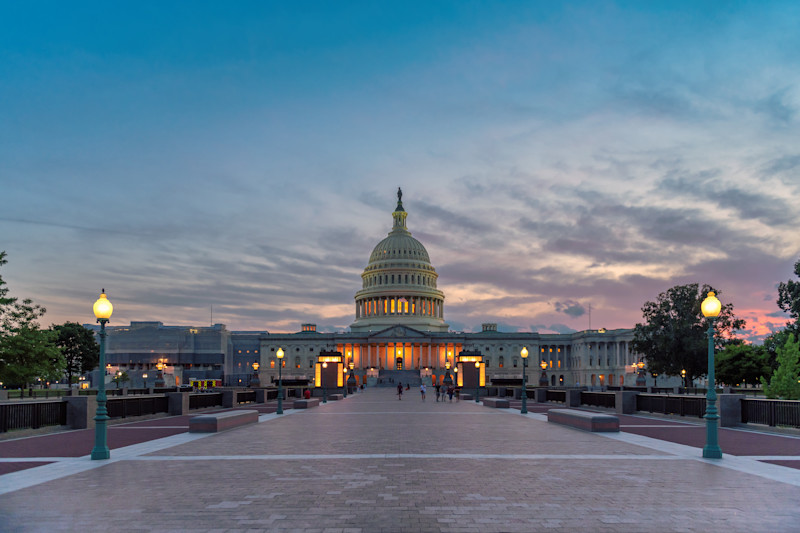An infrastructure deal reached between the White House and a bipartisan group of senators after weeks of negotiations was almost derailed a day later when President Joe Biden tied its enactment to the passage of a larger bill that includes pieces of the administration’s American Jobs and Families plans. Fortunately for supporters of the carefully crafted deal, Biden smoothed over his remarks and underscored his full support of the agreement. Now, it’s being held up in the House.
The $579 billion, five-year Bipartisan Infrastructure Framework focuses traditional infrastructure investments on projects for roads and bridges, railways, and public transit. It also includes spending on broadband, power, and water storage. An attractive aspect of the bill is that it doesn’t raise taxes to pay for itself. Instead, it relies on repurposing unused COVID-19 emergency funding, stepping up IRS enforcement, and redirecting unused unemployment insurance relief, plus the assumption that the investment will generate economic growth.
Democratic leaders are standing firm that they won’t consider the bipartisan framework without passing the larger spending package. Reports are that a $3.5 trillion budget agreement has been reached that Democrats will attempt to pass without any Republican support, probably this fall. Just prior to the July 4th recess, the House passed along party lines what could be another vehicle for an infrastructure agreement – a $715 billion, five-year surface transportation bill. The legislation funds transportation programs beyond Sept. 30.
It’s currently very difficult to predict when an agreement will be reached. Soon, Congress will recess for a long break that lasts through mid-September. At that time, there will be a race to pass 12 spending bills to fund the government beyond the end of the month or to pass a continuing resolution to deal with the issue later in the year. Your members of Congress will be in your home district and state for the month of August. Join AMT in urging them to support a bipartisan infrastructure bill that can reach the president’s desk for signature.





